Image
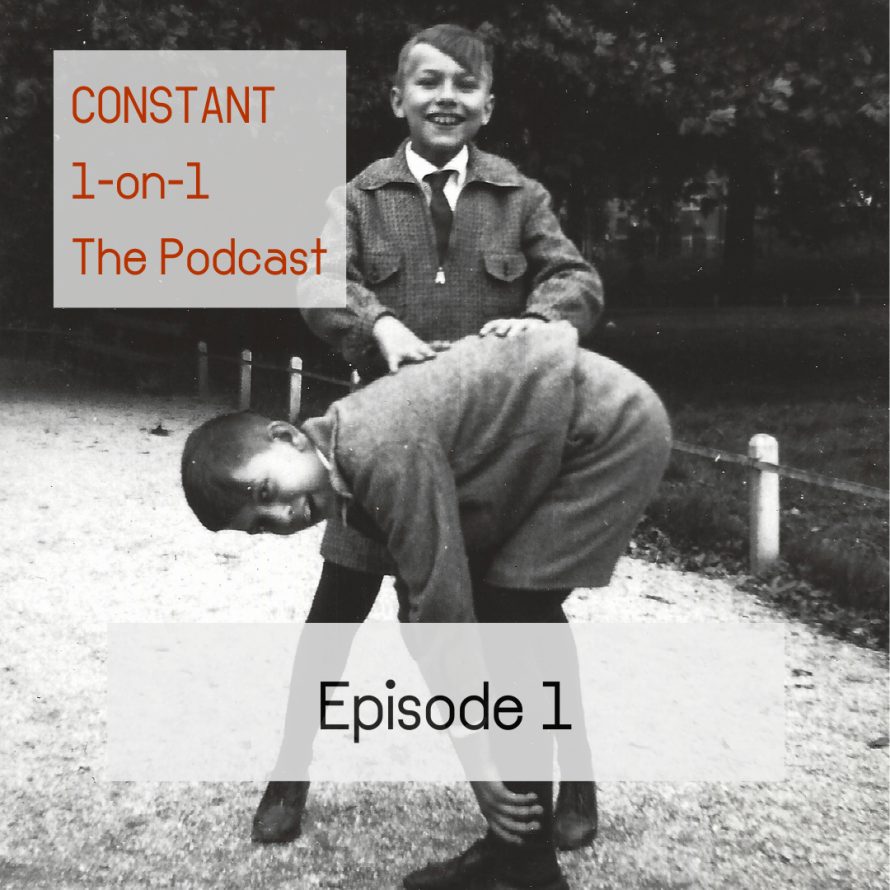
The very first episode of Constant 1-on-1 The podcast is online now! This four-episode series dives into Constant’s practice as an artist, his life and the context in which he operated and built his oeuvre. Ans Boersma and Thijs van Elten dig into the archive and question friends, art historians and contemporary artists about the relevance of a legacy like Constant’s in today’s world. Listen here or find Constant 1-on-1 The podcast on Spotify or wherever you listen to podcasts.

Constant was an artist who was strongly driven by social engagement and experiment, resulting in a body of work that is wildly varying in its outward appearance. The diversity in his body of work makes him less recognisable to a larger public than some of his contemporaries, like Karel Appel and Piet Mondriaan. Curators and critics recognise Constant as a great artist, but with the public he remains somewhat unknown. Exceedingly headstrong: Constant did not follow trends but created his own path. A visionary.
This podcast allows you to get to know him, or know him better. Because even more than 100 years after his birth, he still has a message for you. On this page we will provide you with the visual background referred to in the podcast.
This first episode serves as an introduction to Constant. It covers WWII, the Cobra group, Constant’s theories and ideas, his personality and the artistic turning point into New Babylon, as we speak to the following four people who knew him well, personally or through his work – or both.
Laura Stamps: curator of Modern and Contemporary Art at Kunstmuseum The Hague
Willemijn Stokvis: art historian and Cobra expert
Ronald Tolman: artist and friend of Constant
Ludo van Halem: curator of 20th Century Art at Rijksmuseum

Within the group, Constant was seen as the intellectual. In 1948, he published a Manifesto for what would become the Dutch arm of Cobra, De Nederlandse Experimentele Groep (The Dutch Experimental Group), in which the experience, experimentation, play and collaboration are emphasized.

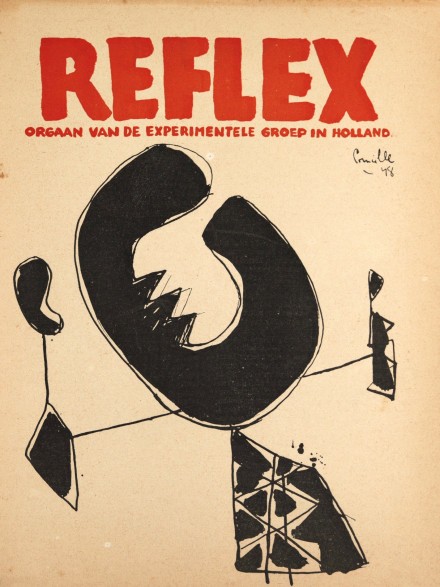
Constant was nineteen years old when the Second World War started. During the war, artists were required to register at the Reich Chamber of Culture in order to continue their practice, but not all artists did. Constant also does not register, which means he has no access to painting materials, is not allowed to show his work and he can be arrested for the Arbeidseinsatz (forced labour). Often goes into hiding in the crawl space of his house at Sarphatipark — called Bollandpark at the time — where he lives with his wife Matie van Domselaer. Matie would sit on the hatch to the crawl space, knitting away as if nothing was out of the ordinary.
Ronald Tolman mentions his last painting Le piège (The Trap), which was inspired by the an unsupported insinuation that he had registered at the Reich Chamber of Culture.
The Second World War ended when he was 25 years old, shaping his formative years as a young artist. War is a recurring theme throughout his work. See below some of Constant’s works about war, throughout different artistic periods in his life.

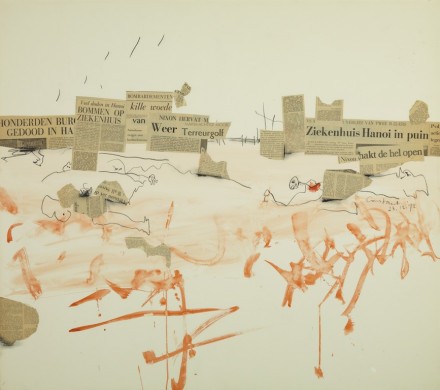
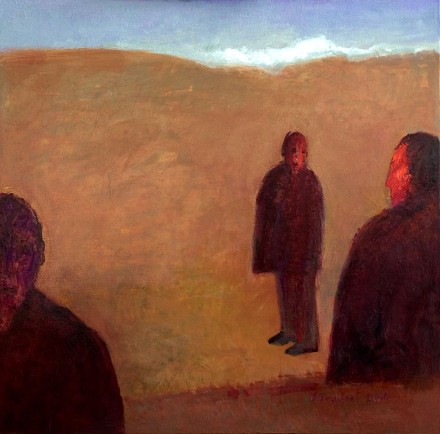
During the Second World War, contact with the rest of the world became far more limited. People had to do with what they had, both in a material sense and an intellectual sense: exhibitions to see, books that could be read, inspiring conversations to be had and education to be followed all diminished.
Little of Constant’s work has remained from this time, but the works that did survived, because Constant sold it or even traded them, show his isolation: still lifes, landscapes, a self portrait, and Matie. They form quite the contrast with his Cobra paintings that will follow.
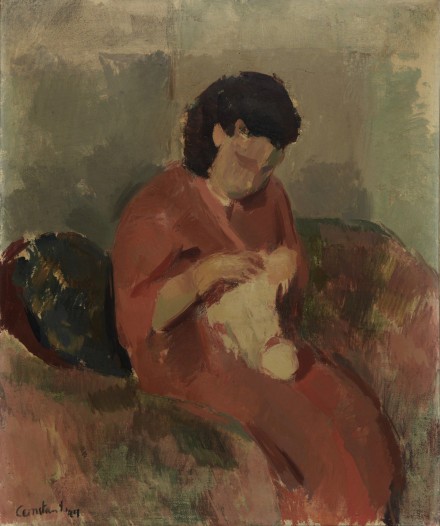

The country is left in ruins after the war, but The Netherlands quickly and optimistically start the ‘Wederopbouw,’ the post-war reconstruction of the country. Fear, but also a sense of hope are felt: there comes a quest for new ideals and collaboration across national borders. The childlike, playful paintings and the core value of collaboration within Cobra fit the Zeitgeist perfectly.
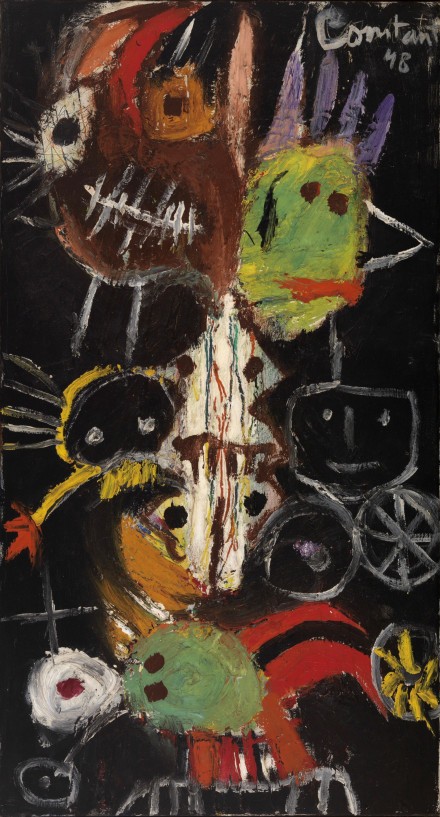
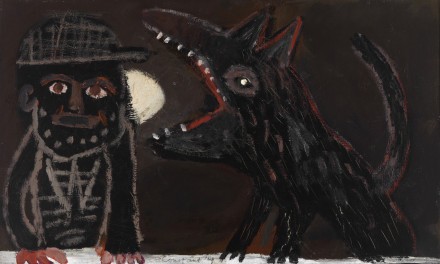
Willemijn Stokvis’ favourite works of Constant are those from the Cobra period (1948-1951) and the paintings showcasing life in New Babylon. In his Cobra works, she sees an incredibly strong expression; Constant dared to be rough with his art. She mentions De rode vuist (The Red Fist), as a strong example.
Of his Cobra colleagues she mentions Huilende krab (Crying Crab) as a favourite, a painting by Karel Appel.
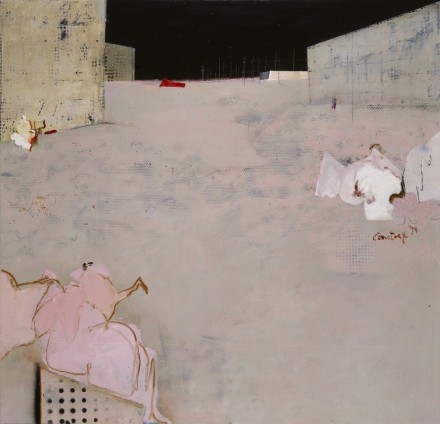

Colour, and how it interacts with space, was a vital part of Constant’s work and philosophy. To read more, see the text Voor een spatiaal colorisme (For a spatial colorism), written by Constant and architect Aldo van Eyck. Colour, to Constant, was a material.
In the beginning of the 1950’s, Constant started to work with coloured plexiglass, which was a very modern material. It became the key to working with the spatiality of colour. See, for example, Constructie met gekleurde vlakken (Construction with Coloured Planes).
Constant wrote many texts in his lifetime. About his writing, however, opinions differ. Stokvis reads aloud the beginning from the Manifesto, which she finds to be bellowing. Van Halem, however, sees a talent for putting ideas into words, which, Van Halem says, Constant succesfully utilized within the Cobra group.
Tolman recounts one of his first meetings with Constant, when Tolman visited his studio in Amsterdam. The Netherlands was completely snowed under. The Oostenburgergracht and the Wittenburgergracht, where Constant’s studio was located, were completely white. All the houses had been demolished and it was a big construction site, which was later built up again. This landscape inspired Tolman’s favourite artworks of Constant, the Terrain vague (Wasteland) paintings.
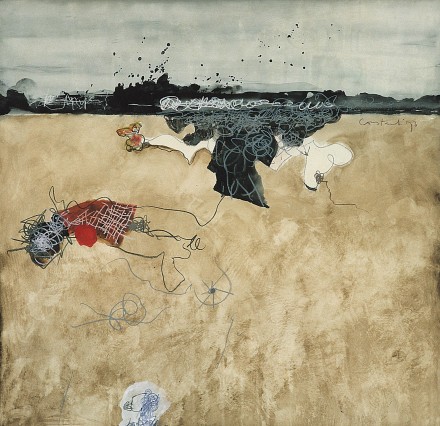
In 1949 Danish Cobra colleague and best friend Asger Jorn and Matie start a relationship and take Constant and Matie’s daughters Martha and Olga with them to Denmark, leaving a sad Constant behind with their five-year-old son. Constant’s heartbreak, as happens so often with artists, inspires his art and some of his most beautiful works are from this time. In one of his paintings in this period, he refers to Jorn as a dead leaf: Femme qui a blessé un oiseau avec une feuille morte (Woman Who Injured a Bird with a Dead Leaf). He also creates the painting Fête de la tristesse (Feast of Sadness) about his first birthday after Matie has left him — the painting La Femme Terrible (Terrible Woman) speaks for itself.
The dissolution of Cobra 1951, for Constant was the beginning of a quest that would lead to an ambitious project, in which Constant would reinvent himself as an artist. It was a period of searching for new inspirations, looking at what was happening in society, art and architecture.
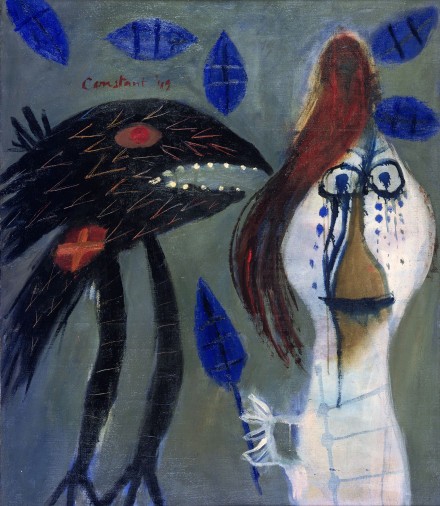
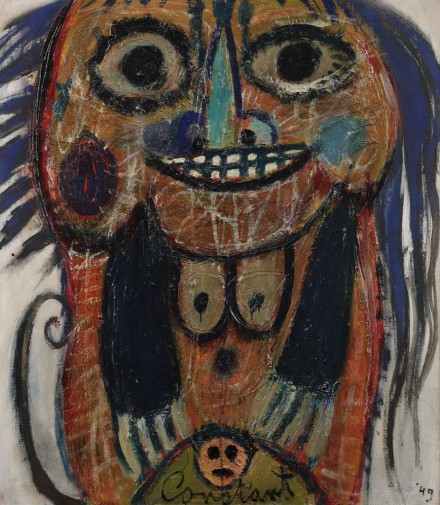
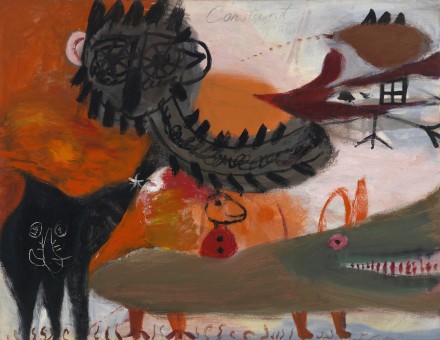
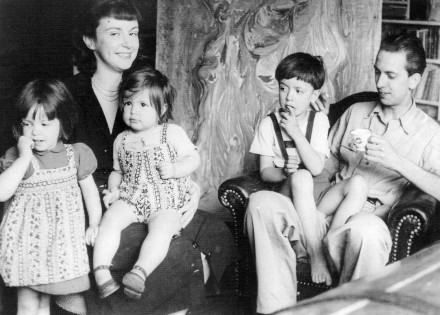
The next episode focuses on Constant as an architect, as a designer of his ideal world. It explores what led him to embark on the extensive project he would call New Babylon: which people, events and context created the momentum for it? Episode 2, Designer, will arrive soon. Stay tuned.
Want to explore more of Constant in the meantime? All Constant’s works mentioned in this episode and the rest of his oeuvre can be found on www.stichtingconstant.nl.
Constant 1-on-1 The podcast is a production of Fondation Constant and was made by Ans Boersma and Thijs van Elten.
Content editing: Kim van der Horst, Thijs van Elten and Ans Boersma.
Fact checking: Mia Lodder and Kim van der Horst.
Music: Freek Dijkstra
Music performance: NEEF. with guest musicians Madelief Lammers, Tomás Gomes, Mozes Schrijvers and PEER.
Leader: Aafke Romeijn.
Editing: Ed Spil and Thijs van Elten.
Amsterdams Fonds voor de Kunst, Fentener van Vlissingen, Gifted Art, Iona Stichting